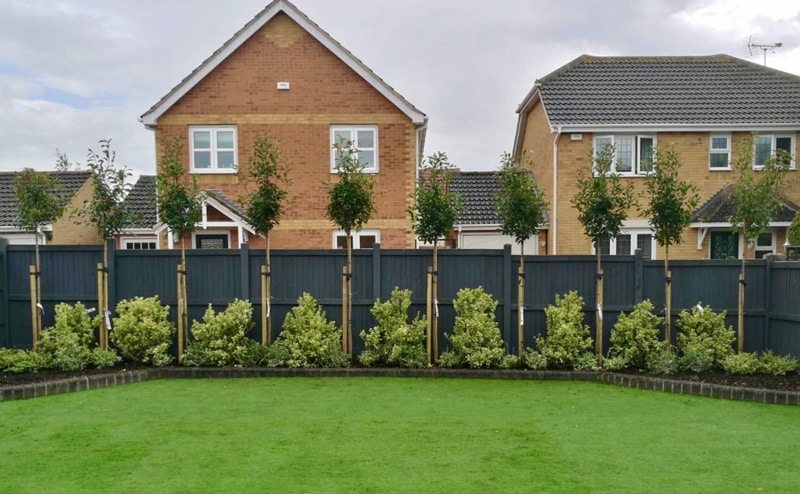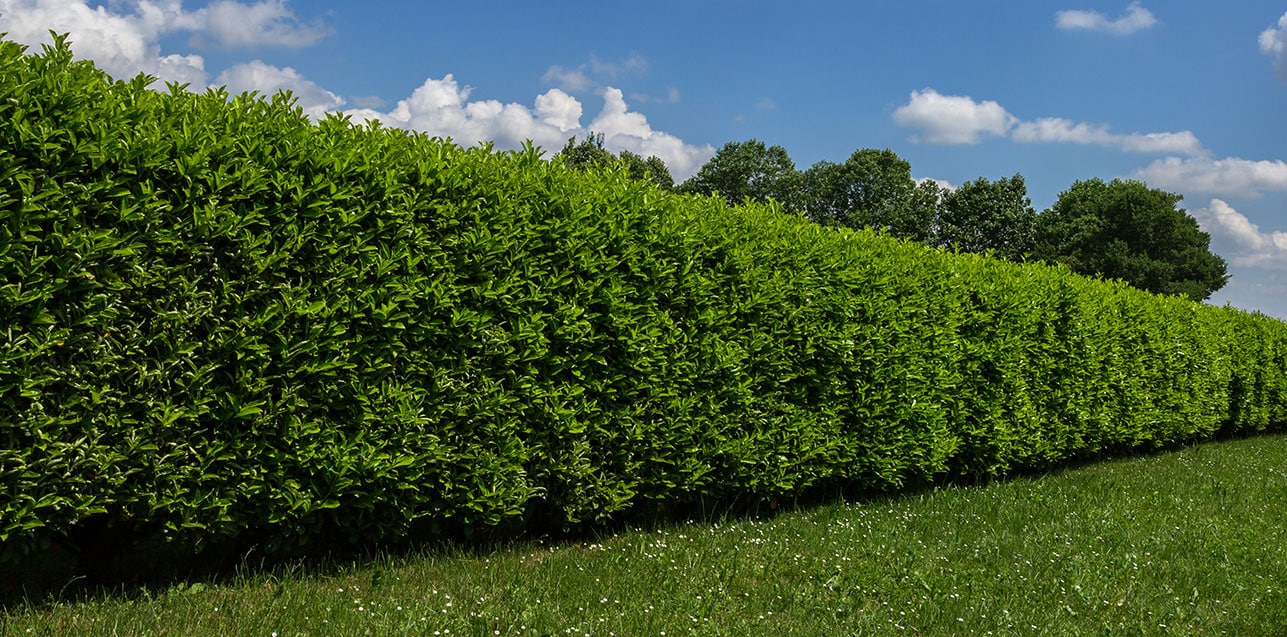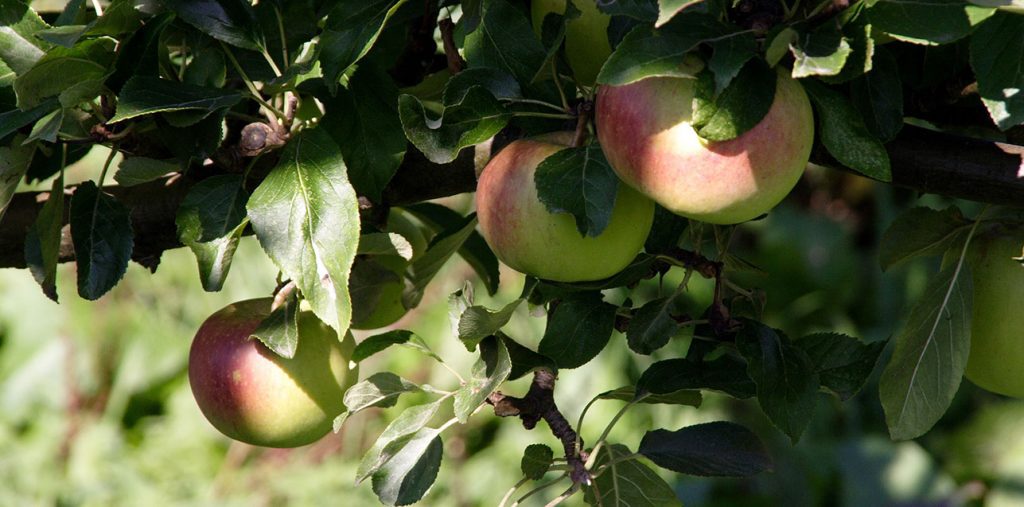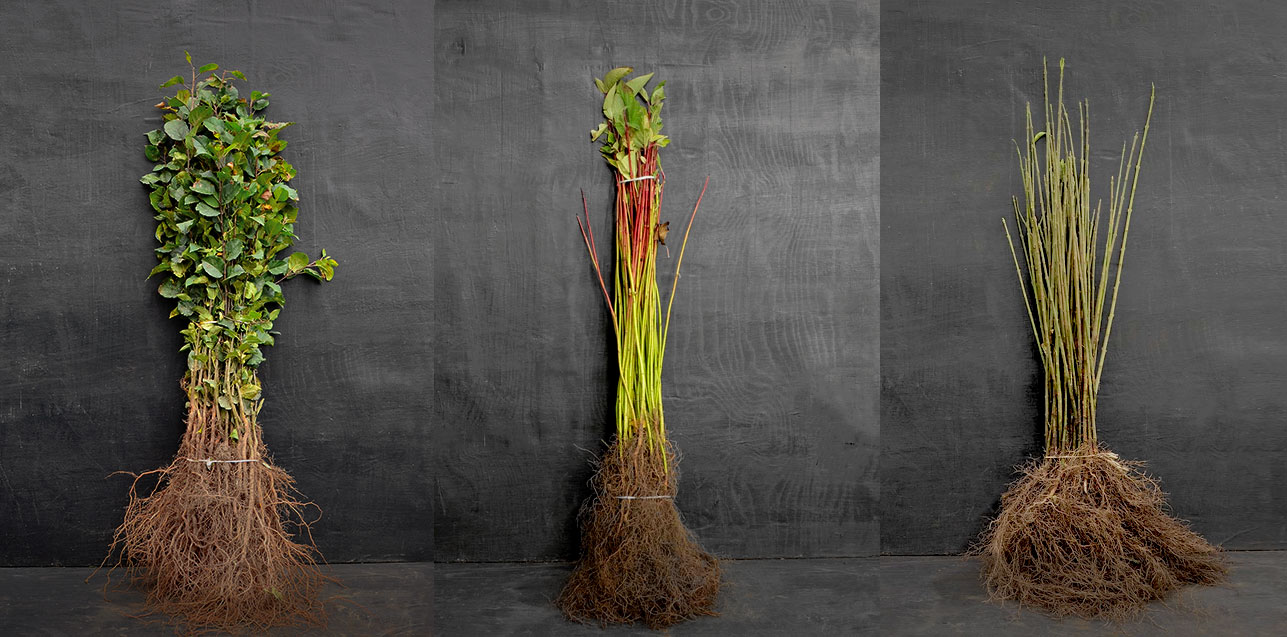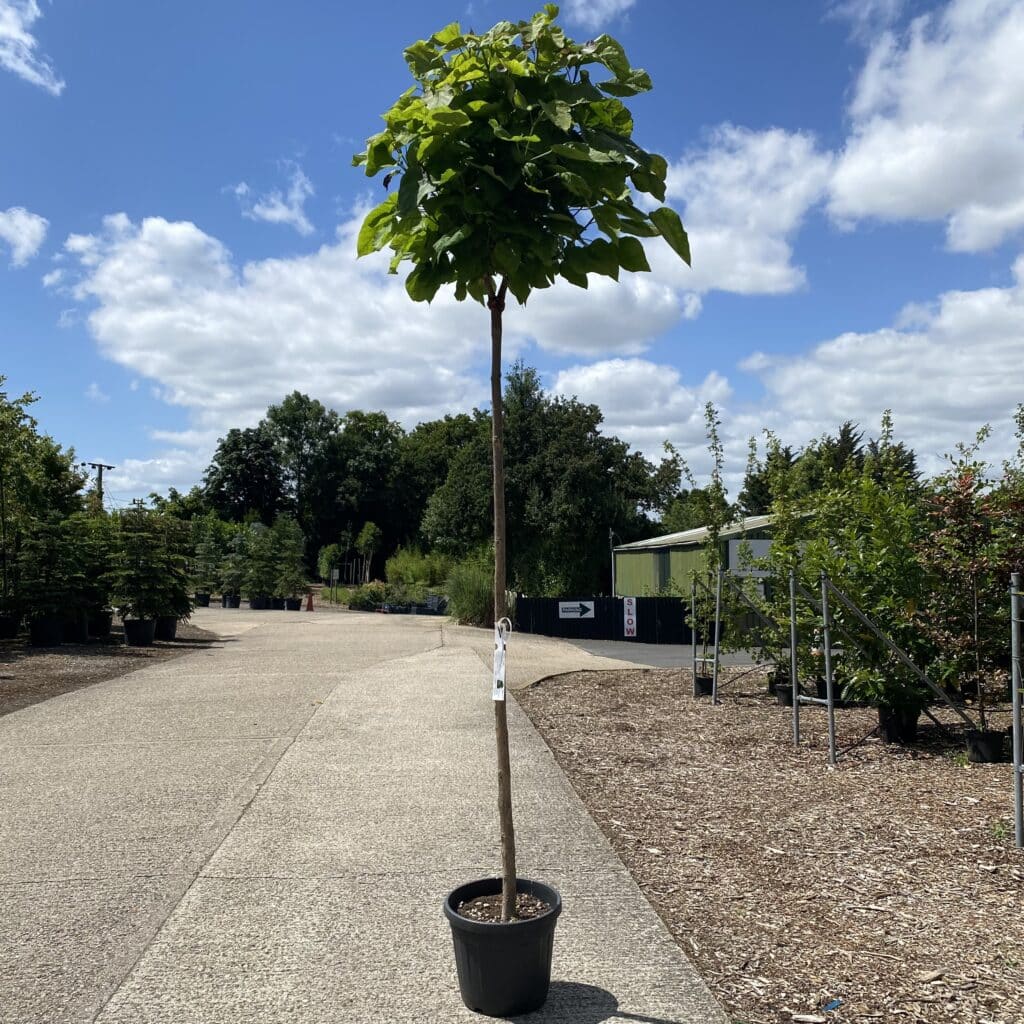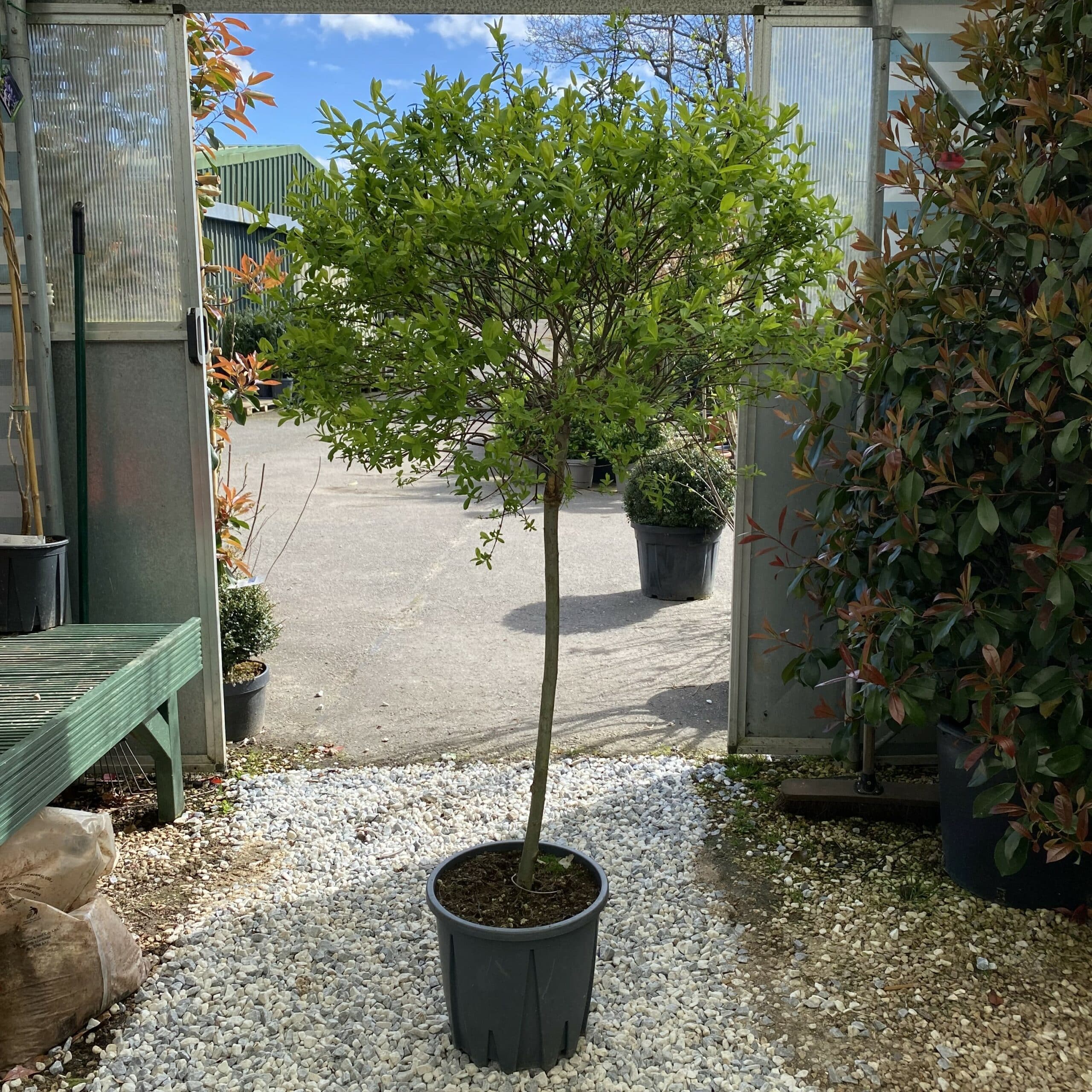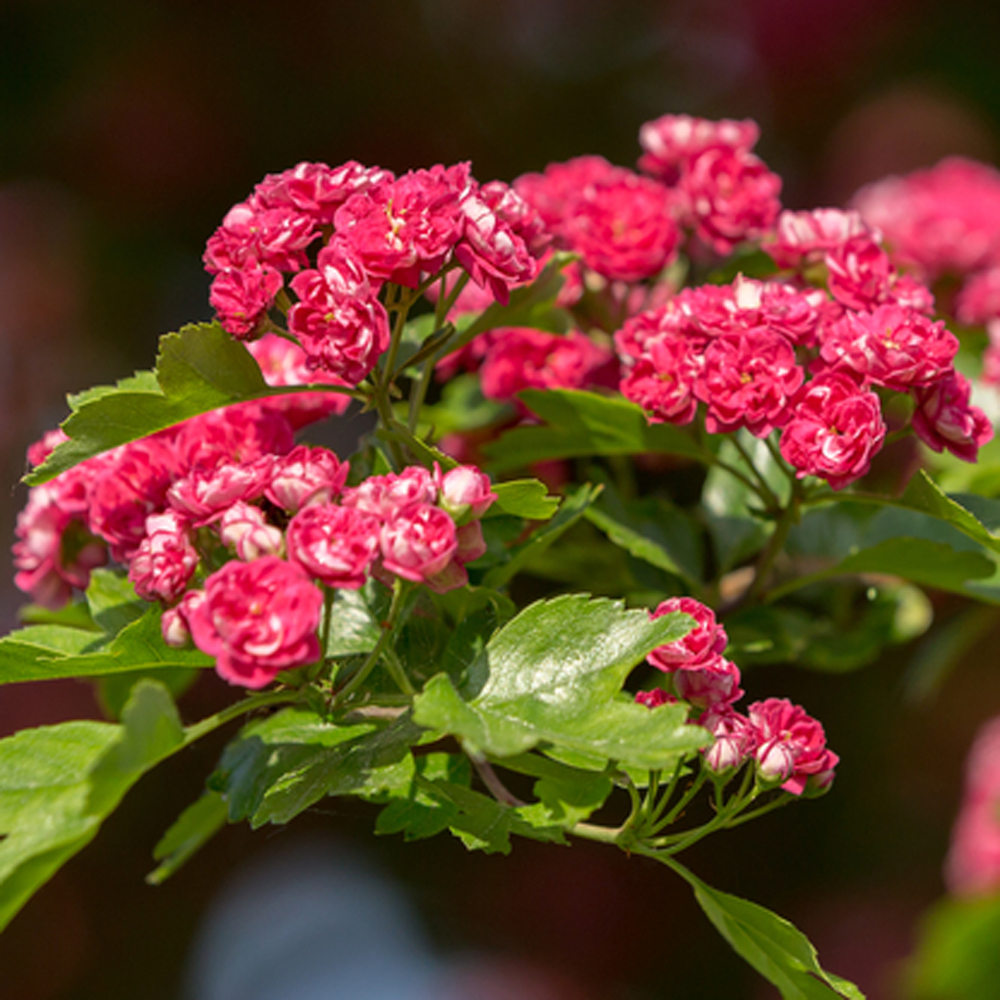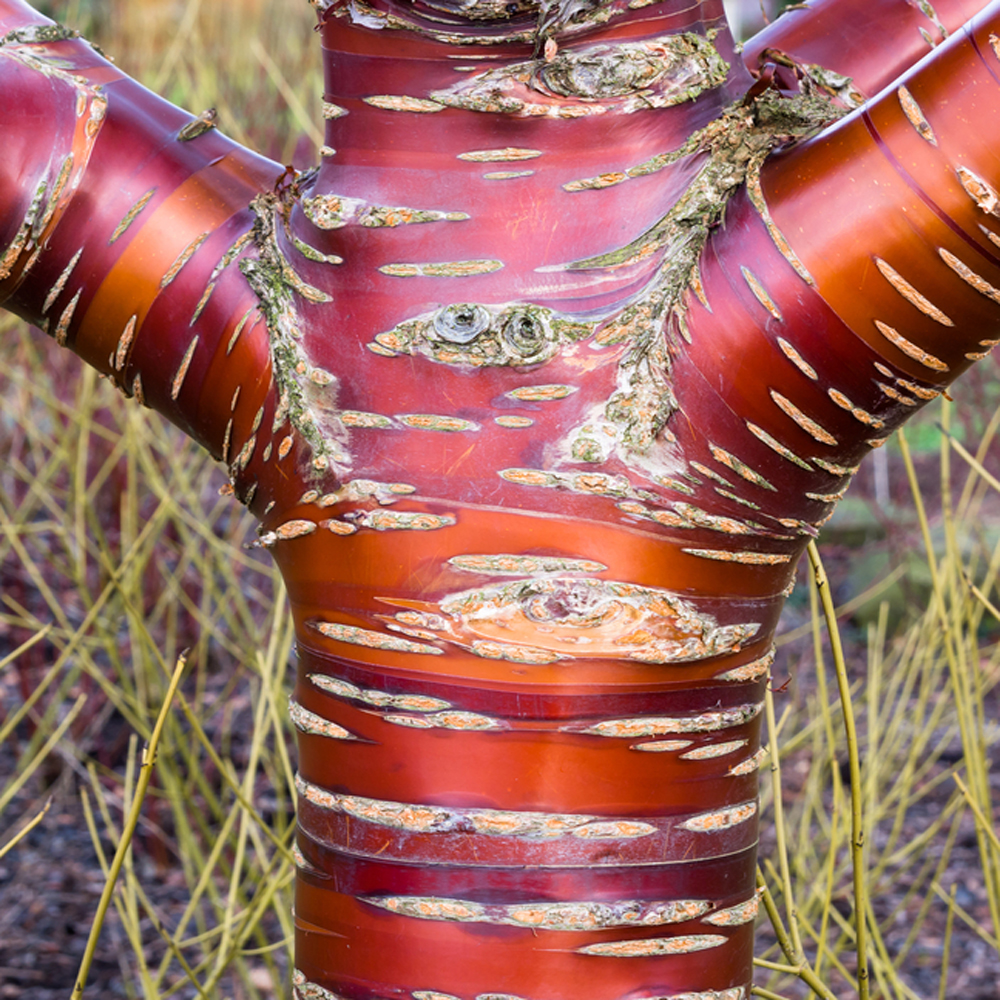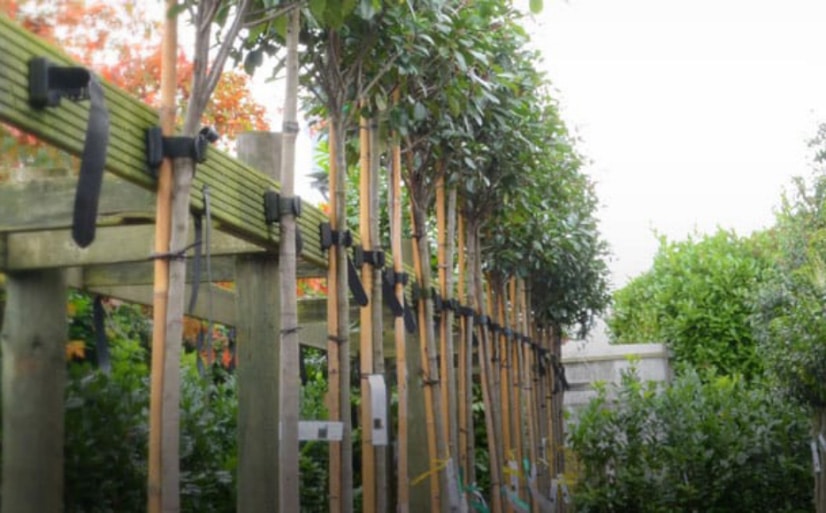Trees are a vital addition to any landscape, but it is important to consider a species’ mature height, spread and growth rate before planting trees in smaller gardens. Here we have selected our top tree choices for small gardens, each of these species have a compact habit and will provide your landscape with seasonal interest and visual appeal. For alternative suggestions, have a look at the Small Garden Trees category on our website! If you are looking to plant an evergreen/semi-evergreen tree, you could explore our Top 10 Screening Trees for their year round coverage and privacy!
10. Catalpa bungei (Dwarf Indian Bean tree)
Catalpa bungei is the Dwarf form of the Indian Bean Tree. Grafted onto a 2m stem, this tree will only reach a mature height of around 4-5m which means that it could be a candidate for smaller gardens. Catalpa is a beautiful, distinctive tree with heart-shaped green leaves that form a full, round crown when mature. In hot summers, this tree can also produce scented pink-purple flowers to provide additional interest!
9. 1/2 Standard Salix integra ‘Hakuro-nishiki’ (Flamingo willow)
The Flamingo willow is best known for its masses of fuzzy yellow catkins that emerge in early spring and its distinctive lance-shaped leaves. These leaves exhibit a striking variegation of pink, creamy white, and green, gracefully transitioning to a solid green as they mature.
Our half-standard Salix trees have a 1m stem and a crown that typically grows an additional 2 to 2.5 meters above the graft. Perfect for adding height and visual appeal to smaller gardens, you can clip and shape these trees to maintain a neat, compact form. Alternatively, they can be left to grow more freely, developing into a larger, spherical shape or an attractive small tree.
8. 1/2 Standard Photinia Red Robin
Photinia Red Robin is a fast-growing, evergreen plant with young foliage that emerges as red and mature to green, in spring an abundance of cream-white flowers also appear. Often used to create height and interest in small gardens, this plant has a half standard stem (90-100cm) and a globular head of foliage. Half standard trees can be kept neat and small by clipping and shaping, or they can be left to grow out to create a larger sphere or attractive small tree.
7. Crataegus laevigata ‘Paul’s Scarlet’ (Red hawthorn tree)
This small, deciduous tree has glossy green leaves, attractive pink/red, double flowers in spring and deep red fruits in autumn. Reaching a mature height of 4-8m, Crataegus ‘Paul’s Scarlet‘ is a good option for small gardens owing to its manageable size, striking appearance and seasonal interest!
6. Prunus serrula Tibetica (Tibetan cherry)
Tibetan Cherry has a recognisable shiny, mahogany/brown, peeling bark. The bark develops a smooth, almost polished, appearance in older specimens. Reaching a mature height of 5-8m with a rounded form and loose, transparent crown, this deciduous tree is ideal for providing smaller gardens with winter interest.
5. Prunus ‘Snow Goose’
Reaching a mature height of 5-6m and a mature spread of 3-3.5m, Prunus ‘Snow Goose’ is a popular choice for smaller gardens owing to it’s upright habit and manageable size. Plant this tree to add interest to gardens with its smooth, reddish-brown bark, striking white flowers and vibrant autumn hues! Also known as Prunus ‘Umineko’.
4. Fruit trees
At King & Co we can supply a wide range of fruit trees including Apples, Cherries, Pears and Plums! All of which have been grafted onto rootstocks to produce a strong tree that will reach a manageable size. Most importantly, fruit trees do well in pots. Buy fruit trees to add interest to a patio are where planting into the ground is difficult.
- Apple Tree (Malus) – Mature height of around 5m
- Cherry Trees (Prunus) – Mature height of 5-7m
- Pear Trees (Pyrus) – Mature height of 4.5-6m
- Plum Trees (Prunus) – Mature height of 4-6m
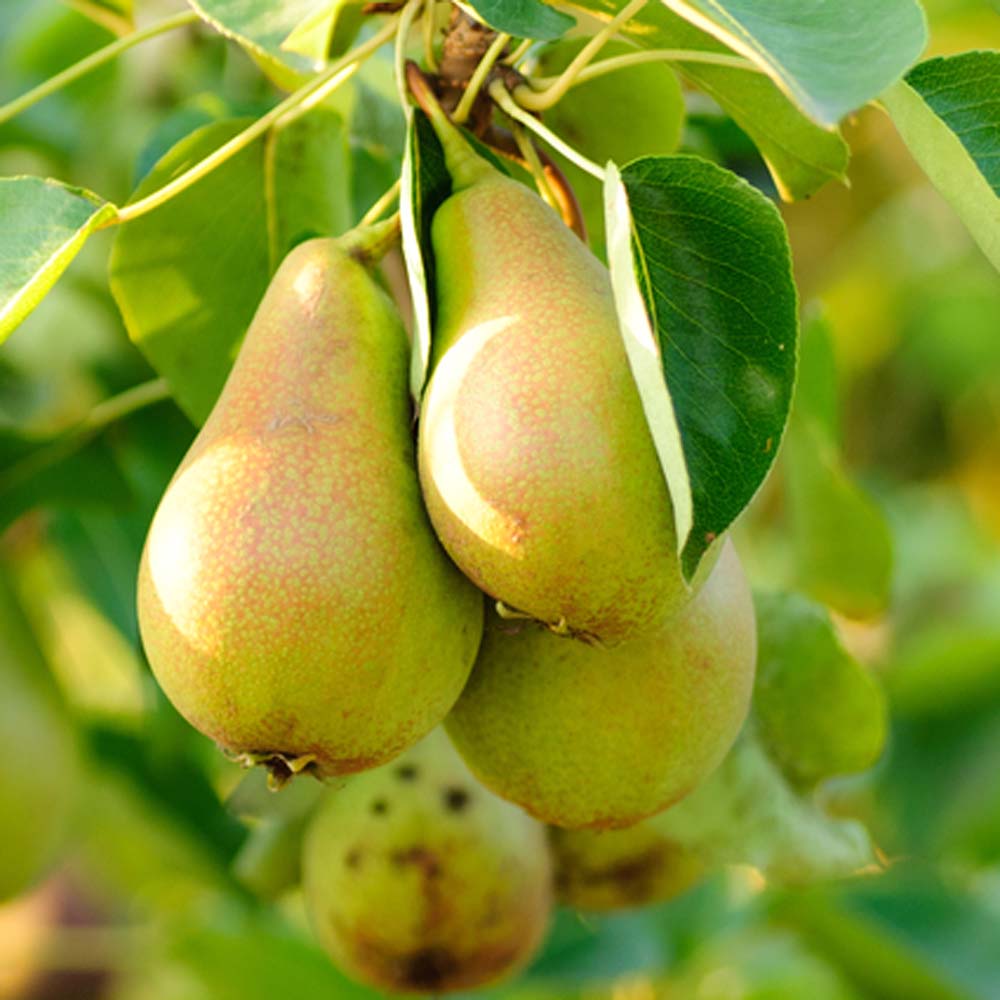
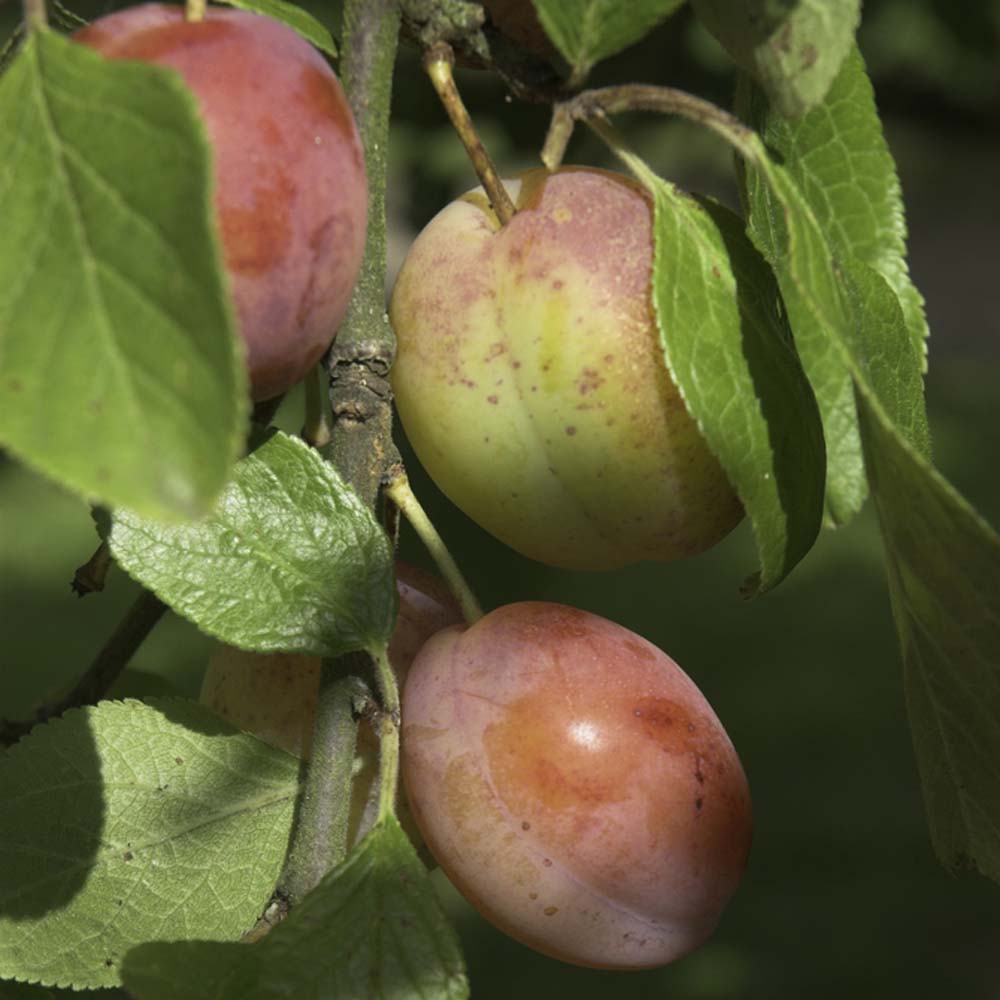
3. Sorbus aucuparia (Rowan/Mountain ash)
Reaching a mature height of 10m, Sorbus aucuparia is an excellent candidate for smaller gardens or areas with limited space. Often recognised for its pinnate leaves, clusters of creamy-white flowers and fantastic display of red/orange berries, the native Rowan tree is also valued for its attraction to wildlife!
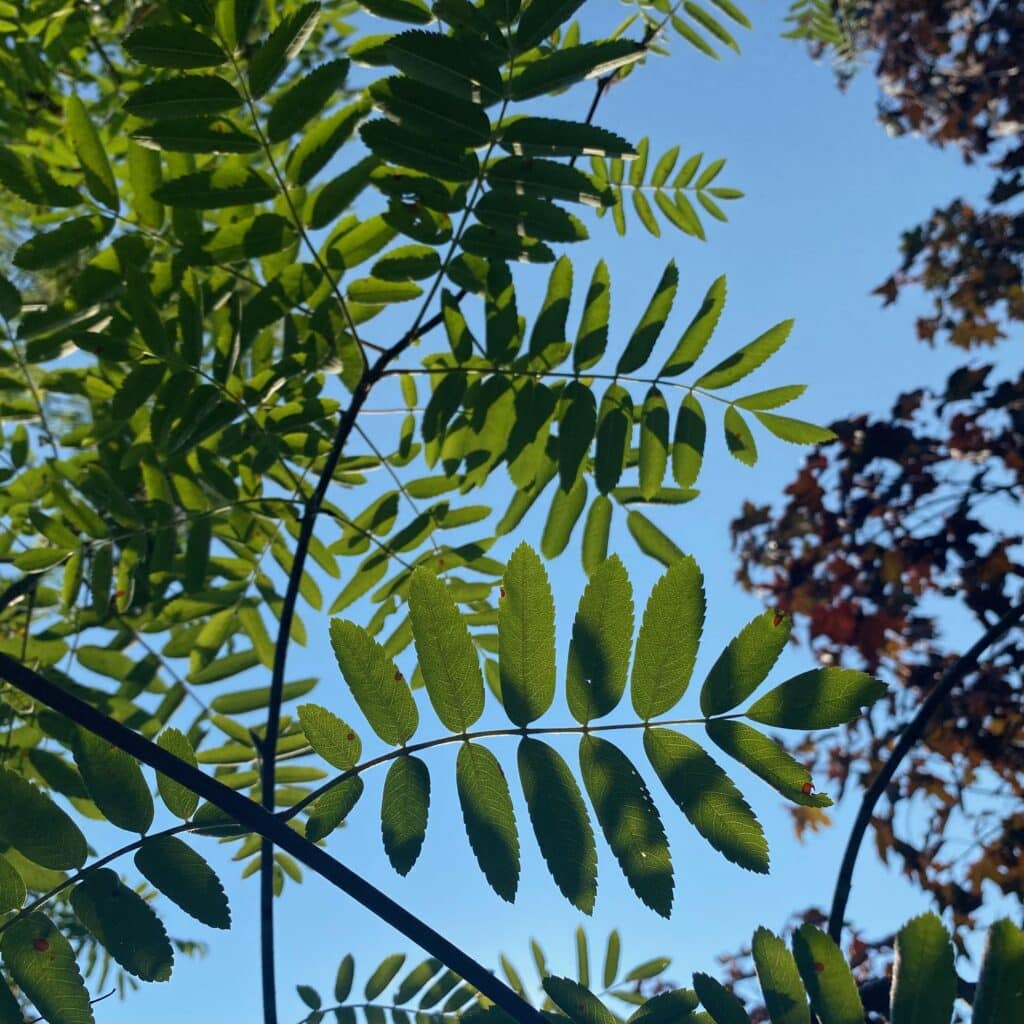
2. Amelanchier lamarckii (Juneberry tree)
This small, deciduous tree has green leaves that emerge with a bronze tint in spring and turn to seasonal shades of orange and red in the autumn. In spring, the Juneberry tree also bears star-like, white flowers, these flowers are followed by dark purple berries in summer. Reaching a mature height of around 5m, the attractive appearance, multi-season interest and manageable size make this tree a popular choice for smaller gardens!
1. Amelanchier arborea ‘Robin Hill’ (Serviceberry)
Planted for its seasonal interest, Amelanchier ‘Robin Hill’ has an upright form which makes it ideal for more compact gardens. Like Amelanchier lamarckii, this tree has green leaves that emerge with a bronze tint in spring. These turn to seasonal shades of orange and red in the autumn. ‘Robin Hill’ also bears white flowers that emerge from pink tinged buds in spring, these flowers are followed by dark purple berries in summer.
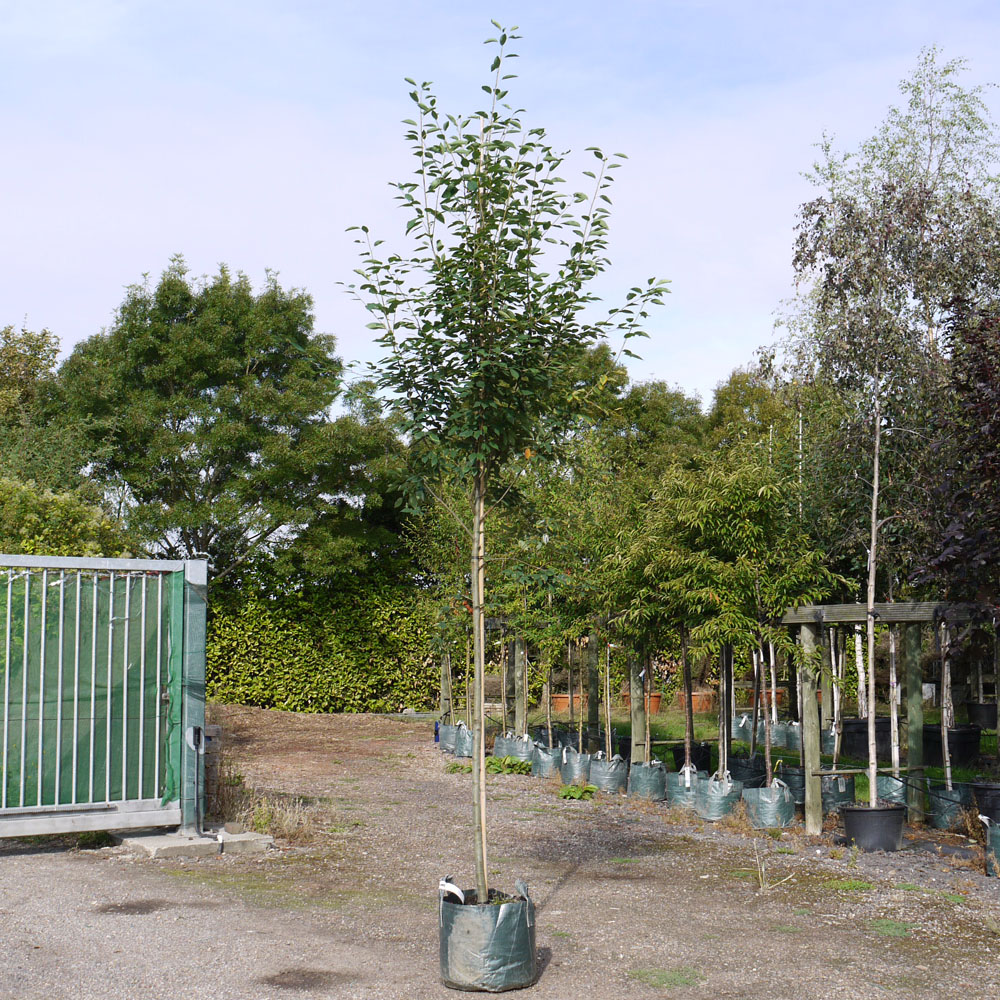
Frequently Asked Questions
Container grown trees can be planted all year round. Watch our video guide on how to professionally plant and stake your tree!
As a guide, we recommend giving each tree 5 litres of water every other day during the growing season. The water should be directed at the base of the trunk.
5 Litres is a good starting point to make sure that the ground stays moist, if the soil starts to become saturated or dry adjust the amount as required.
We can offer our planting service if you are local to the nursery. Planting prices are dependent on the size of the pot. Please contact us if you would like a quote.

